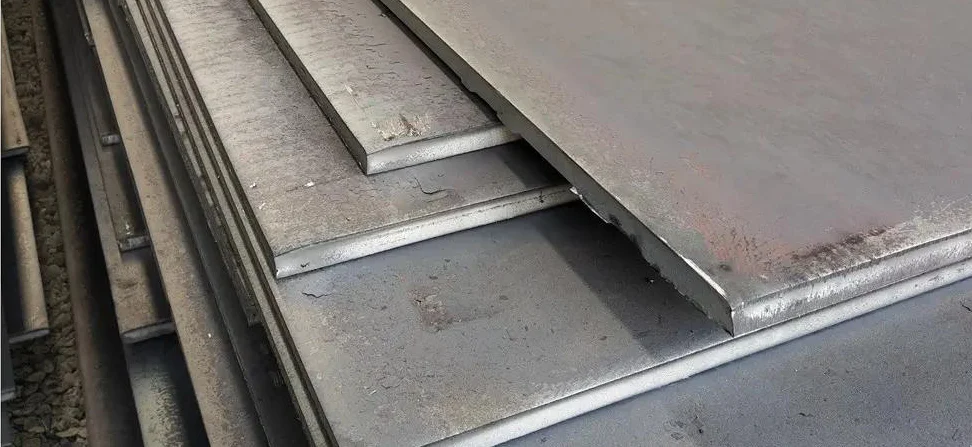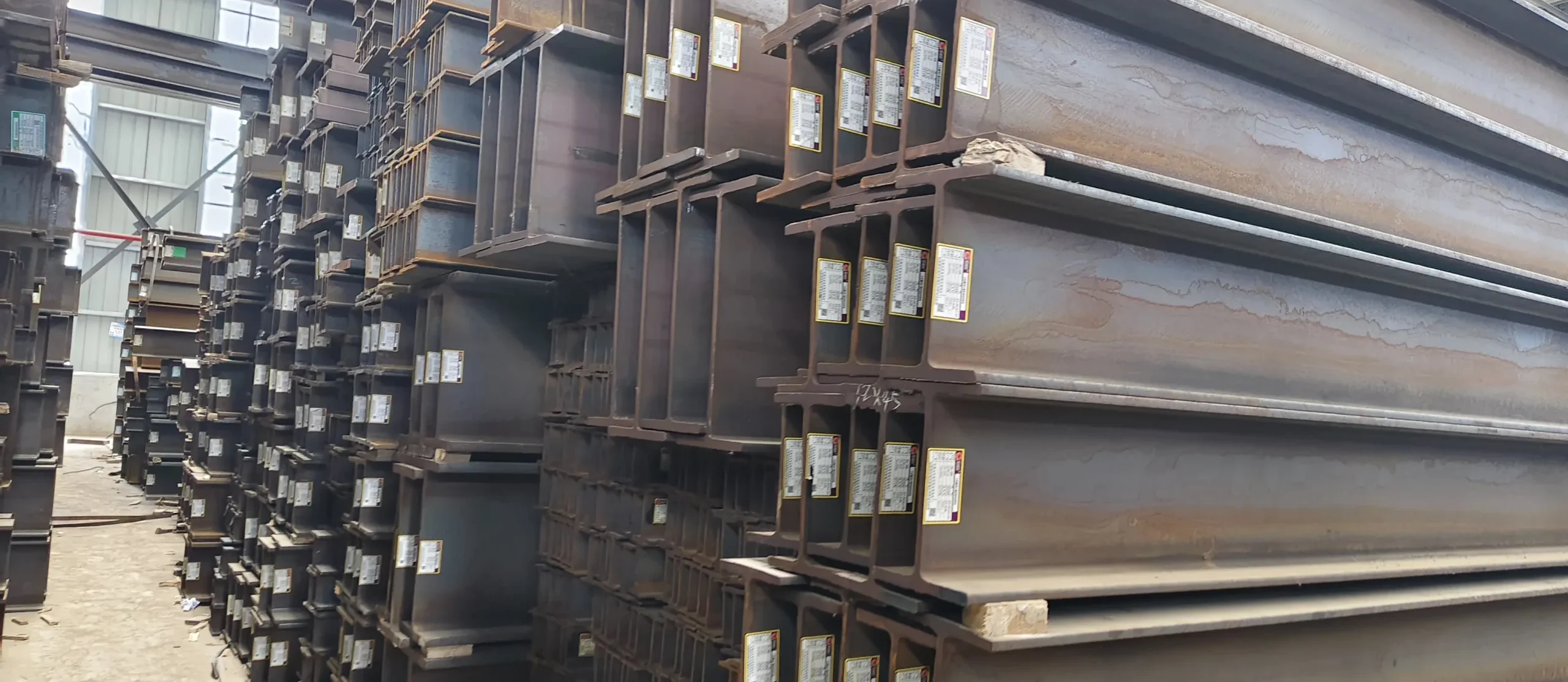Will Coronavirus Survive On Stainless Steel Pipe’s Smooth Surfaces?
2019-nCoV is the seventh known coronavirus that can infect humans, and the remaining six are HCoV-229E, HCoV-OC43, HCoV-NL63, HCoV-HKU1, SARS-CoV, and MERS-CoV.

According to the Guangzhou Daily, recently, during the surveillance of pneumonia of the new coronavirus in Guangzhou CDC, the nucleic acid of new coronavirus (2019-nCoV) was found on the door handle of a confirmed patient’s home.
To remind the public to pay more attention to hand hygiene.
One stone provoked thousands of waves, and “the virus was found on the doorknob” caused widespread discussion. Because of this, there seem to be many ways for the virus to indirectly spread, such as mobile phone screens, computer keyboards, faucets, and so on.
A week ago, the widely circulated statement that “cloth fur collars and woolen clothes are susceptible to viruses” has been confirmed as rumors. At that time, news broke the rumors that smooth surfaces might be more likely to retain viruses.
But what exactly is the truth?
A paper published in the American Journal of Infection Control by scientists from the United Kingdom, France, the United States, China and other countries in 2014 studied the survival period of H1N1 influenza virus on the surface of four common objects.
Researchers performed multi-point sampling analysis of wood, stainless steel pipes, plastic pipes, and fabric surfaces in the home.
The results show that the wooden surface is the best “bed of breeding” for the virus, and the virus can remain infectious for 48 hours. The survival time of the virus on the surface of stainless steel pipe and plastic pipe is generally about 24 hours. The survival time of the virus attached to the surface of the fabric In the shortest time, the virus activity rapidly drops to zero within 8 hours.
In 2016, another paper published in the American Journal of Applied and Environmental Microbiology examined in more detail that under different environmental conditions, the H1N1 influenza virus could survive up to 7 days on stainless steel surfaces and still be infectious.
So, is it true that the smoother the surface, the longer the virus will survive? Zhang Liubo, the chief disinfection expert of the China Centers for Disease Control and Prevention, said that this is a misunderstanding. In fact, microorganisms on clean and smooth surfaces are not easy to survive.



